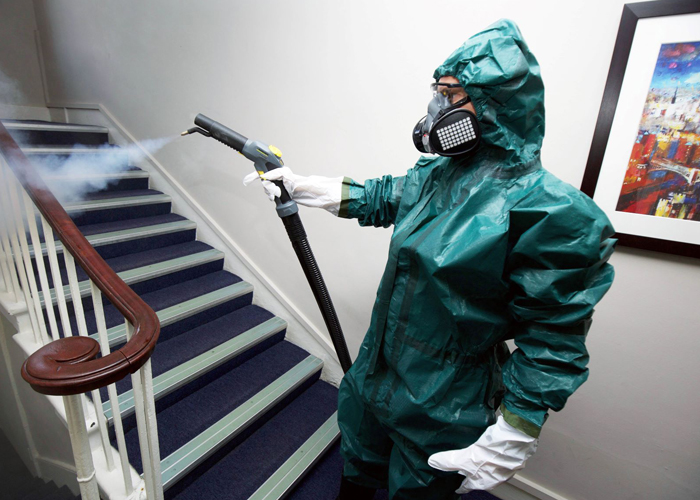Donald MacKinnon, group legal director at employment and HR specialists, Law At Work, discusses what organisations must consider before encouraging their employees to return to the workplace.
Returning to the workplace may be more difficult than it first seemed
The coronavirus pandemic has brought with it a seismic shift in workplace practices.
In the wake of a near total-shut down of UK society, organisations have had to significantly adapt the way they do business. Whether it was moving exclusively to home-working, ceasing operations entirely, or implementing strict health & safety procedures, no sector and no workplace has gone unaffected.
Boris Johnson’s announcement that, in England at least, some industries can begin transitioning back, signals what is hopefully the beginning of the end of this crisis. And while there is still so much up in the air, what is clear is that the workplace we left more than six weeks ago, will not be the same when we return.
For businesses, this means that a seamless and swift transition may be more difficult than first hoped, and there are several steps organisations must take to ensure the workplace is fit for purpose in this new employment world.
After battling through so much – the complex furlough scheme, social distancing practices and potential redundancies – employers must now grapple with a return to work strategy, the likes of which they could never have planned for.
There will be a lot to consider, and requirements will be difficult from industry to industry. However, some of the key areas where businesses will need to take specific action include:
Sign posting, deep cleaning and screening will become the norm
The most obvious considerations relate to the health & safety of employees, contractors and customers. Signs which lay out basic measures such washing hands for at least 20 seconds with soap and water, catching coughs and sneezes in a tissue or elbow, keeping suitable distance from others, and avoiding touching the face, are going to become commonplace.
Organisations will also be expected to increase the cleaning of premises, paying particular attention to disinfecting high use communal areas such as toilets, kitchens and canteens.
Regularly screening employees for illness using measures such as temperature checks will also be a likely consequence for many. This may be done at the start of the day or the working shift, however employees and visitors cannot be forced to have their temperature taken. The risk in enforcing checks range from complaint of criminal assault if it is done forcefully to breach of contract which may allow them to resign or claim constructive dismissal.
Keeping the distance
Social distancing – the measure which requires people to stay at least two metres apart – has become one of the notable buzz phrases of the Covid-19 outbreak. Moving forward, organisations may need to consider limiting the number of people in the workplace at any one time, either by employing different shift patterns or introducing a rota alternating home and office working.
Where possible, modifying the lay-out of the workplace is another option. Businesses may also need to consider whether travel away from the office is necessary, or whether work can be completed remotely using technology. To implement social distancing requirements, they may also have to change their contractual agreement with employees to give it effect.
Bringing people back to work
As a result of the pandemic 6.3 million people were placed on furlough by some 800,000 organisations.
In addition to the basic protocols, such as confirming furlough arrangements and communicating any changes, employers also need to be aware of potential tensions which may arise between the different groups of employees.
Those who have continued working during this period have been doing so under difficult circumstances and there is a real possibility that employee relations might become strained. Looking after employee wellbeing and fostering an inclusive atmosphere will be key to an organisation’s success moving forward.
For some, the continued closure of schools may also present additional childcare challenges. In light of these extraordinary circumstances employers should be as flexible as possible, allowing home working and a change to working hours.
Bringing workers back may be more difficult than first thought. Establishing an open dialogue and encouraging employees to raise concerns will help to make the transition as smooth as possible.
Refusal to return to work
This has been a stressful time for all and while most will be eager to get back into the workplace, there will also be a heightened feeling of unease.
As well as being anxious about infection, the current economic climate, risk of future job losses, general health concerns and home-life pressures, can create a particularly stressful environment.
Employers need to be prepared for some employees refusing to come back into the workplace when asked. Businesses must take an open-minded approach, taking time to understand the reason for their position. Ultimately, if no agreement can be reached, employers can permit them to take unpaid leave until a suitable time when they feel ready to start working again.
At the beginning of the coronavirus pandemic, it was difficult to fathom a situation where offices would remain closed for as long as they have. But as we start to see the light at the end of the tunnel, it is even harder to imagine that things will ever return to how they were before.







